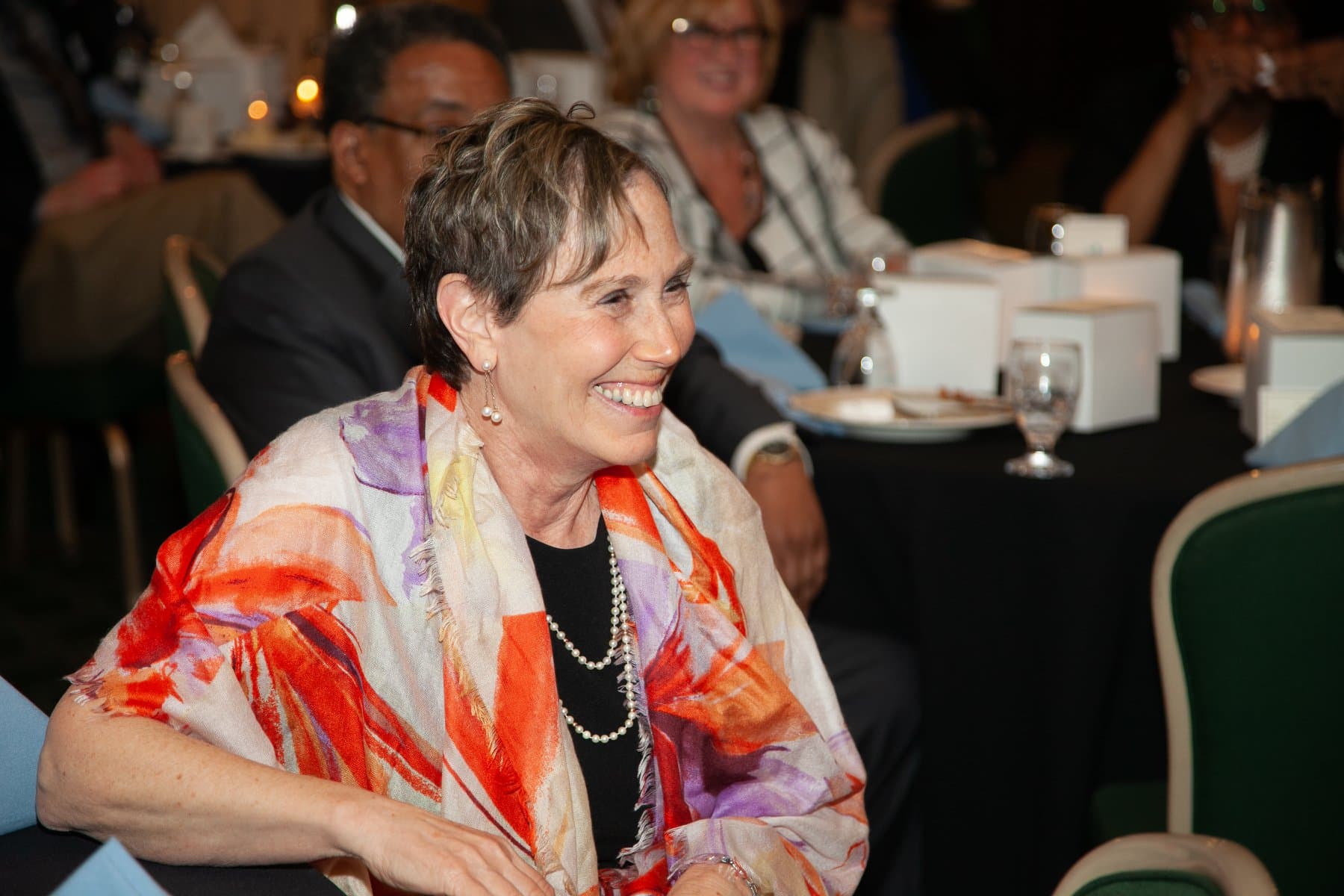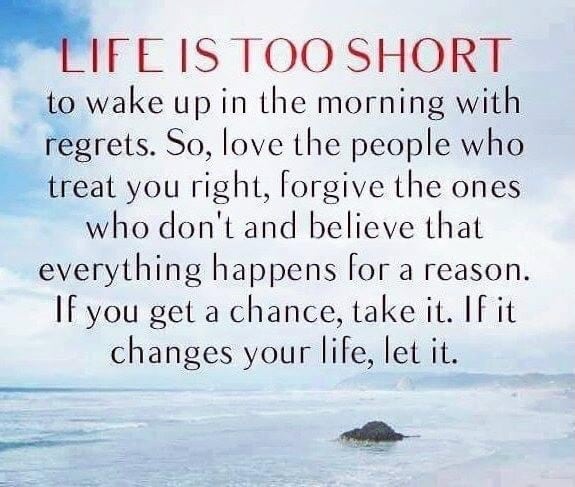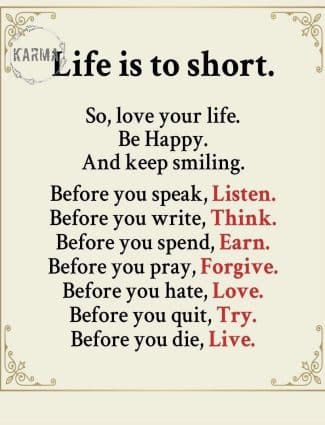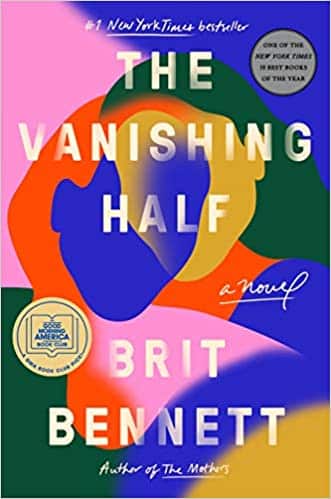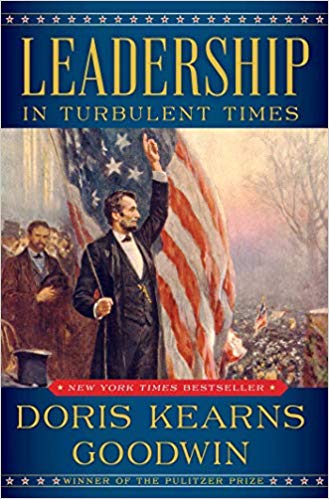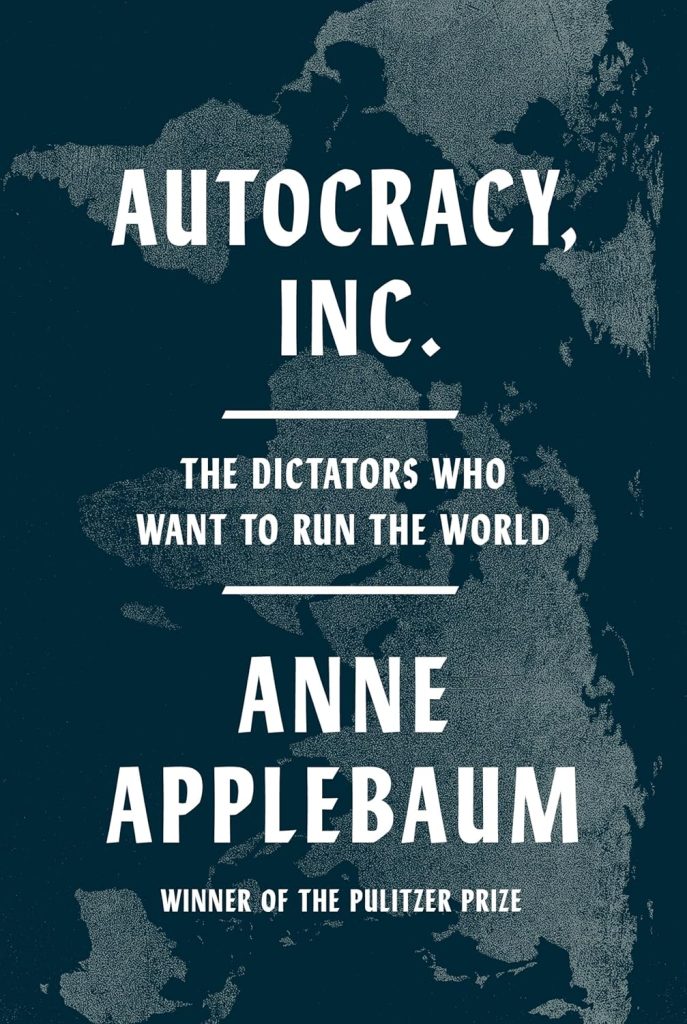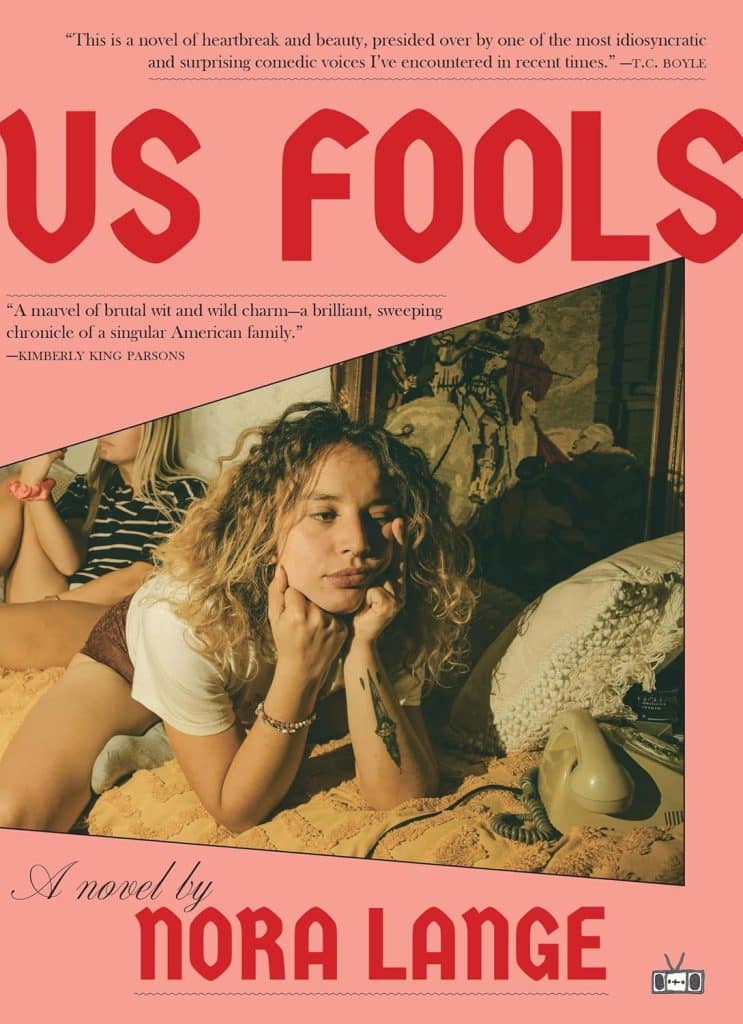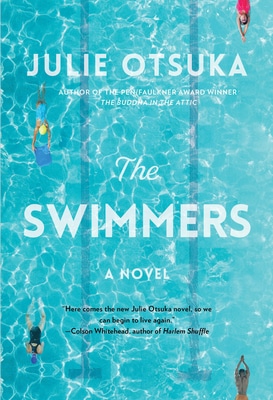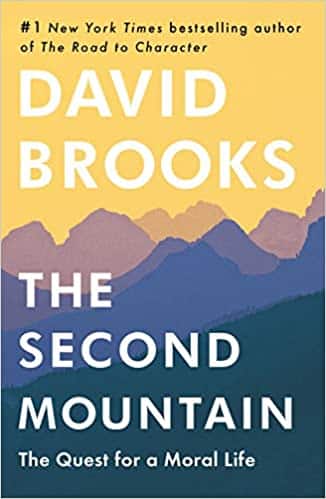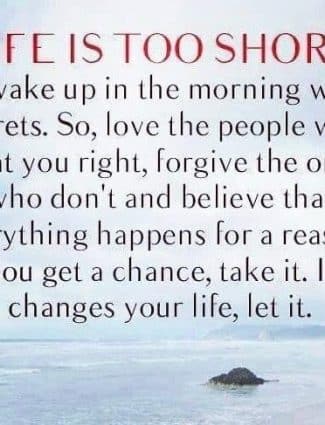
My Heart is Full of Happiness
One Day At a Time, I Walk Into the Future
Estimated reading time: 1 minute, 53 secondsTwenty-seven months after losing my wife, I have finally turned a corner in my life. Grief no longer dominates my days, and I am beginning to feel more like my old self again. While I will always miss Jan, I have grown comfortable with my new reality and am grateful for my connections with people and organizations that support me. If I could go back in time, I would certainly want to change the past, but I now feel confident and engaged in my present.
The NPR podcast “After Losing His Wife, Richard E. Grant Has Found a Daily’ Pocketful of Happiness‘” reminded me of how I endured the searing pain of grief. Grant’s wife, June, did not want anyone to know she had cancer, which was my wife’s initial reaction. Grant reached out to friends and neighbors, and I did the same, and the outpouring of support made a difference, both during the nineteen months Jan battled cancer and the twenty-seven months of widowhood.
Despite Jan’s initial reluctance, she eventually reached out to friends and neighbors for support during her final moments. Like Grant’s spouse, Jan expressed her desire for me to be happy again. This experience has taught me that we are not alone in this world and that the love and support of our loved ones can help us heal. I have learned the valuable lesson of taking each day as it comes.
With the help of my chosen family, I have found solace and joy in life. Their unwavering support has kept me from succumbing to the pain of loss. I am forever grateful for their presence in my life, and my heart is filled with happiness and hope every day because of them.
The Jan Lilien Education Fund sponsors ongoing sustainability and environmental awareness programs. Gifts made this month; I will match dollar-for-dollar. All donations are tax-deductible.
I receive a commission when you buy a book or product using a link on this page. Thank you for supporting Sharing Jan’s Love blog.
